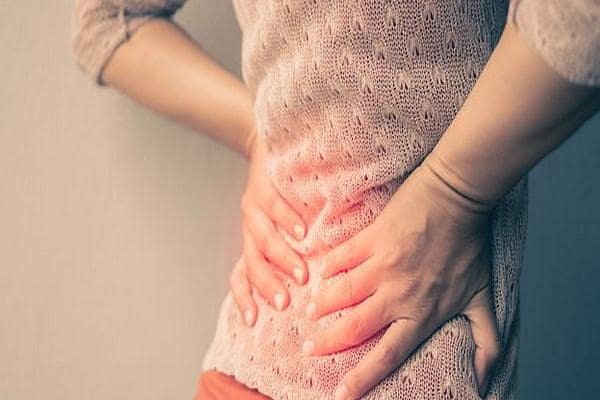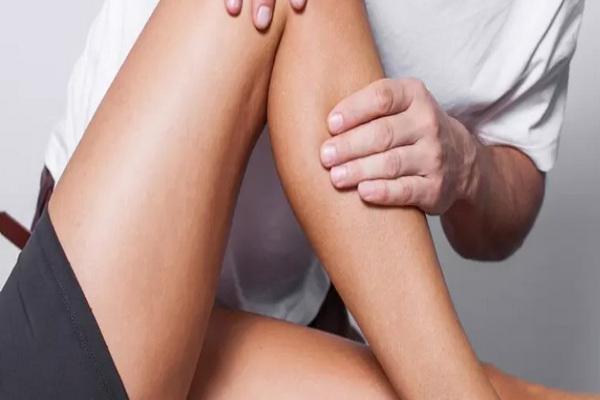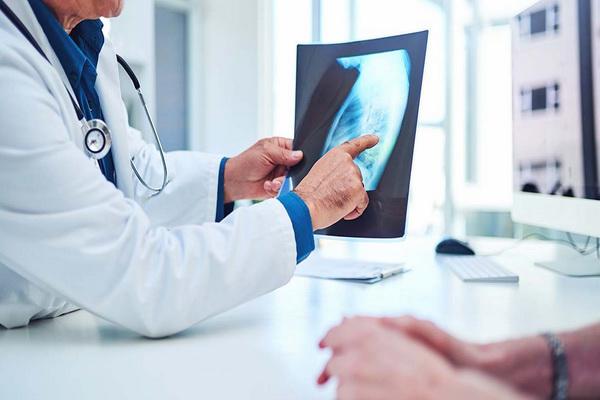Зміст
The first sign of this condition is pain and stiffness in the hip joint, most often in the morning after waking up. It is also more difficult for patients to move around.
Lameness when walking is characteristic. Your doctor will order x-rays of both joints to confirm the diagnosis. The X-ray image shows the nature of degenerative changes, for example, narrowing of the joint space (the space of contact of the cartilage that makes up the joint), bone spurs (osteophytes). However, how is hip degeneration treated? What exercises do you need to do to stay fit longer?
Correct therapy should combine pharmacology and kinesiotherapy, that is, exercise therapy, physiotherapy and physiotherapy.
Degeneration of the hip joint: Pain relievers

The doctor prescribes pain relievers and anti-inflammatory drugs – the type of medication is selected depending on the intensity of the pain. Often these are non-steroidal anti-inflammatory drugs (NSAIDs) available without a prescription, such as with ibuprofen, naproxen, or prescription, such as diclofenac, fetoprotein and opioids for severe pain. Pain relievers should be used strictly as directed by your doctor, because they have many side effects: they irritate the stomach lining or react with other medications.
Degeneration of the hip joint: Movement rehabilitation
An extremely important element of therapy is physical rehabilitation, both under the supervision of a rehabilitation and at home. Water exercises are also recommended. Water aerobics. People who cannot swim can even do them. The water soothes the joint and allows it to perform movements that would normally be difficult.
Through regular gymnastics, we will relax the contracted muscles, strengthen and stretch the muscles around the hip joint. It will relieve stiffness, pain, and improve the joint.
Various types of massage of the thighs and joints, for example, thighs, buttocks, will also bring relief. It can also be a water massage, for example, hydro massage or underwater massage.
Degeneration of the hip joint: Cryotherapy
Local cryotherapy, i.e. cold treatment, blocks pain, reduces inflammation, tissue swelling and muscle tension. A sick pond is exposed to cold nitrogen vapors with temperatures below -150 °C. The procedure takes 1–4 minutes.
Degeneration of the hip joint: Electrostimulation
Electrostimulation procedures can also help. During therapy, a constant pulsed current or medium frequency current flows through the muscles, which stimulates their contraction. The effect is to reduce pain and muscle tension, strengthen them, improve blood supply, and nourish tissues.
Iontophoresis and phonophoresis
Iontophoresis and phonophoresis have analgesic and anti-inflammatory properties. These procedures involve injecting a drug through the skin into the affected tissue using direct current (iontophoresis) or ultrasound (phonophoresis). This form of drug administration promotes better tissue penetration and enhances the effect. Single procedures are not enough, a series is needed – at least 10.
Hyaluronic acid injections
One of the forms of therapy for mild to moderate osteoarthritis of the hip joint is also the administration of injections directly into the joint. These can be injections of hyaluronic acid, the so-called viscosity supplement.
The injection of hyaluronic acid into the joint replenishes its losses and improves joint mobility. The pain decreases or disappears significantly. The therapy requires several injections at weekly intervals. After a few months, it must be repeated.
Orthokine therapy
Orthokine therapy is also an innovative method of treatment. Anti-inflammatory proteins obtained from the patient’s own blood are injected into the pond. A small amount of blood taken from a vein in the arm is incubated and centrifuged. We get a drug that is injected into a sore joint, blocking the receptors responsible for the formation of inflammation and pain. The therapy lasts 2 weeks and the effect lasts for about 2 years and can be repeated.
An exercise
Regular exercise will improve the joint, reduce stiffness and soreness. Here are three simple exercises.
Exercise 1. Let’s stay on our back. Place your hands along your body and bend your knees. Place your feet shoulder-width apart. Lift your hips up until your hips and torso form a straight line. Let’s hold on for a few seconds and return to the starting position.
Exercise 2. Lie on your back. Stretch your arms along the body, and bend your legs at the knees. Place your feet shoulder-width apart. Let’s straighten our right leg on the ground. Let’s return to the starting position. Let’s do a few repetitions with the right and left legs.
Exercise 3. Lie on your right side and straighten your legs and right arm. Let’s put our head on our shoulder. Raise your right leg at the knee as high as possible, hold it for a few seconds. Let’s do a few repetitions with the right and left legs.
Everyday Activities – Step-by-Step Guide
Seat. Avoid sitting on low and soft chairs, deep chairs. Also, do not sit cross-legged.
Sleep. Let’s sleep on a harder mattress, on your back, or on the healthy side with a pillow between your legs. Get out of bed on your hip.
Stairs. Let’s go up a step with a good leg, and let’s go down with a bad leg. Let’s use the handrails. Don’t carry groceries up the stairs – use the elevator or help other people.
Collect. Let’s relieve the painful joint with a cane. When walking or standing, hold it in your hand against the affected hip joint.
Restroom. Use a non-slip bath mat. Don’t sit on the bottom of the tub – wash while standing. Use a brush or long-handled sponge to wash your feet.
Motion. Despite the aching joint, let’s go. Safe activities: walking, Nordic walking, swimming, exercise bike. Not recommended – jogging, skiing, exercise bike, jumping, strength exercises with heavy loads with a sore hip.
When is endoprosthetics necessary?

When the changes in the joint progress, the pain persists, and it becomes more difficult to move, it may be necessary to implant an artificial joint, the so-called endoprostheses, at the site of the damaged hip joint.
Endoprosthetics allows you to effectively get rid of pain and restore full performance. The cost of the procedure is reimbursed by the National Health Fund, but it takes an average of one to three years to wait.








